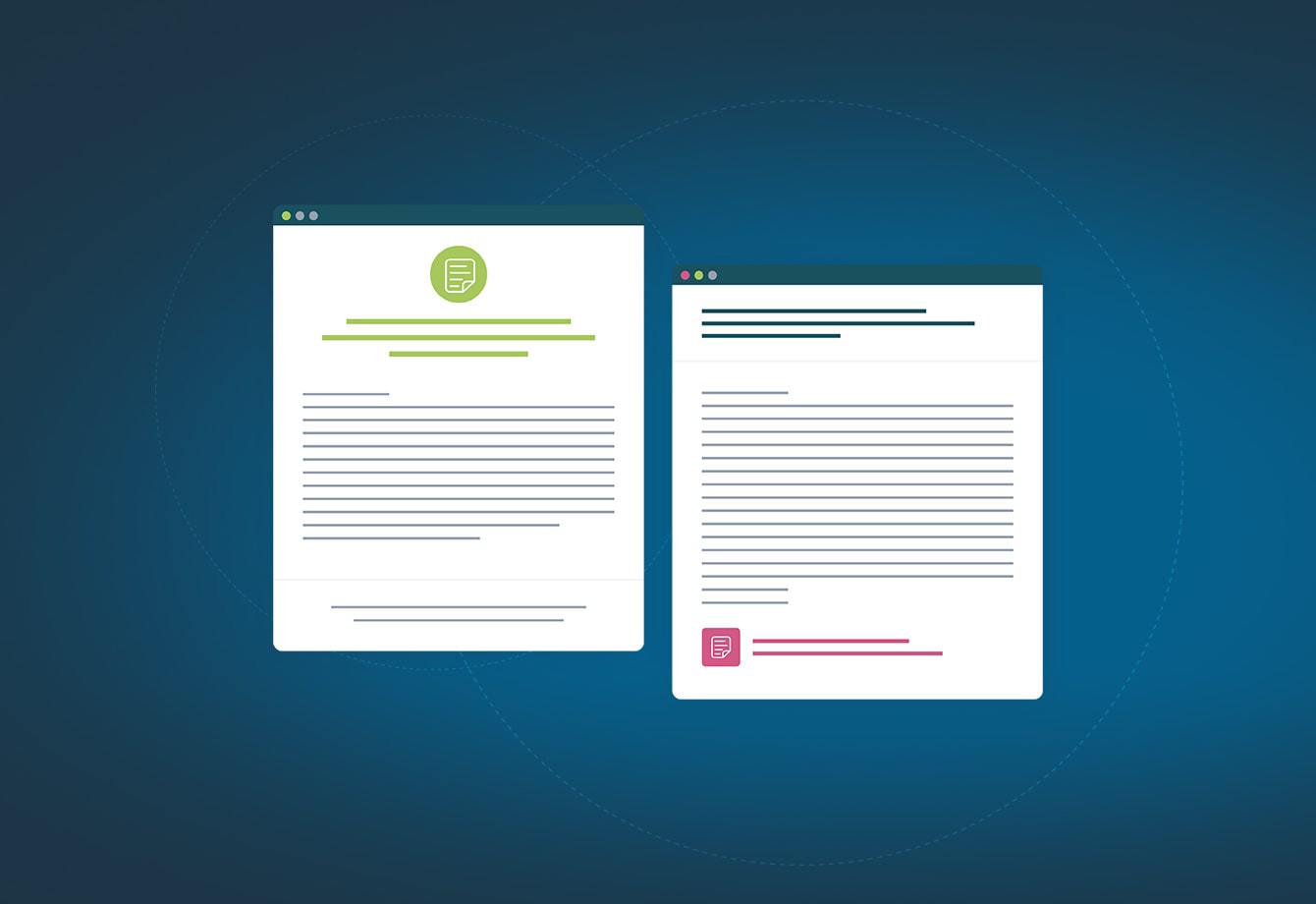
Start Responding Like a Pro
The Responsive blog is full of insights and best practices, giving you the tools you’ll need to streamline your process and respond with confidence.
Featured Post

Brand storytelling in RFP responses
Templates & guidesOdds are that your company is one of many that can meet a prospect’s needs. So, how do you make […]
Category: Templates & guides


33 of the best RFP examples: Explore sample RFPs by industry
Sales Enablement, Templates & guides
RFI vs RFP vs RFQ: What’s the difference?
Templates & guides
Request for qualifications: A guide to the other RFQ
Selling & Enablement, Templates & guides
13 top blogs for response professionals
Templates & guides
RFP vs RFQ vs RFI: How response management reflects sales success
Templates & guides
How to master your SaaS sales process and close more deals
Templates & guides
10 financial services RFP insider tips for an effective process
Templates & guides
15 RFP responders explain how to craft a winning RFP response
Templates & guides
11 candid healthcare sales lessons explained by a nurse
Templates & guides
Healthcare RFPs: Build trust through authentic storytelling
Templates & guides
The 6-step IT RFP response subject matter expert guide
Templates & guidesSee how it feels to respond with confidence
Why do 250,000+ users streamline their response process with RFPIO? Schedule a demo to find out.